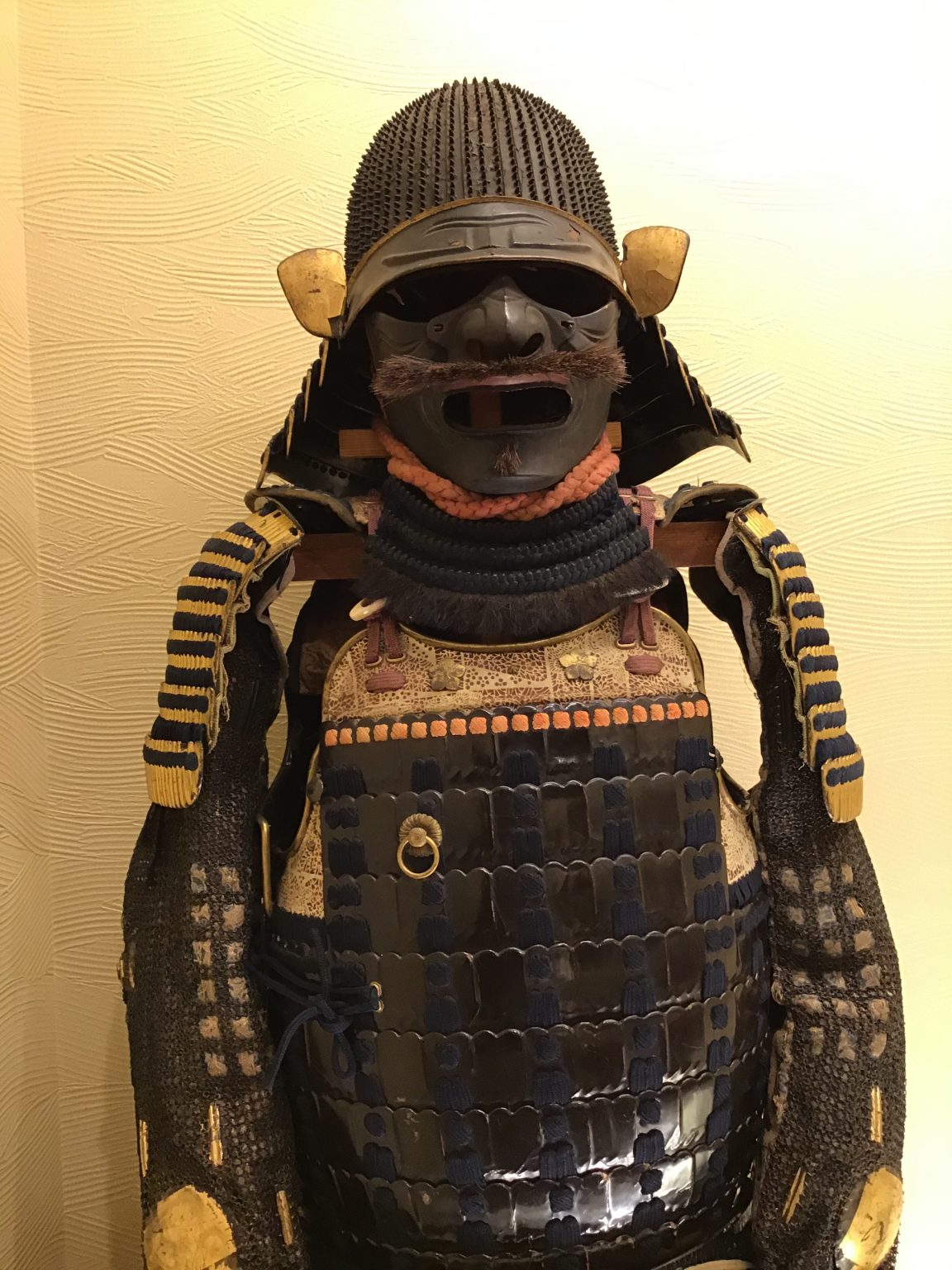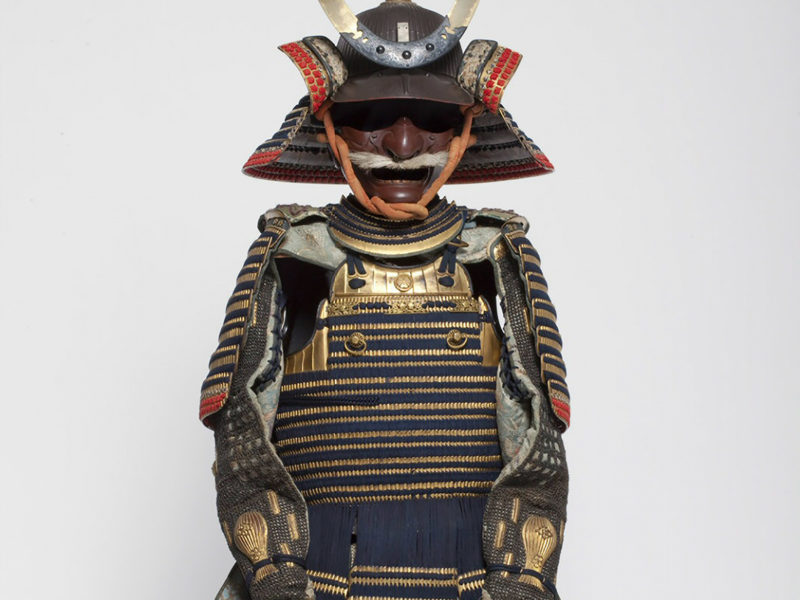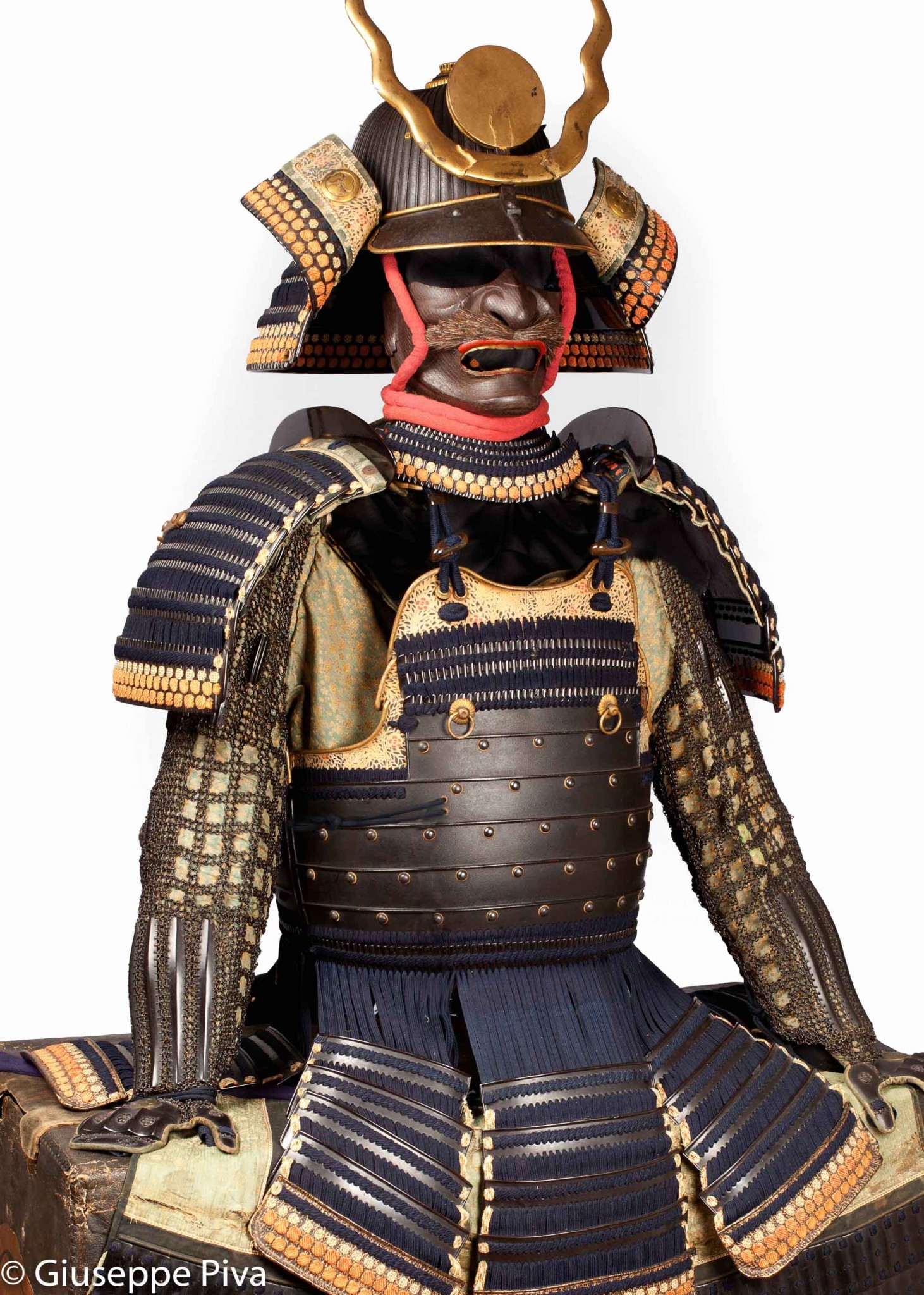
A full set of Japanese samurai armor (Yoroi) complete with Menpō(face mask),while not so heavy
It is believed that this armor was given by the Emperor Go-Murakami to Nanbu Nobumitsu, daimyo of Hachinohe in 1367, and that his successor, Mitsutsune, gave it as an offering to the Kushibiki Hachimang shrine in 1411. Yoroi Armor with White Triangular-Pattern Lacing Nanbokuch period, 14th century

ボード「Ancient Armour and Weapons」のピン
The History The armor of a Japanese warrior is known to have evolved from the Korean and Chinese pieces. Helmets and cuirasses were produced in Japan as early as the 4th century. During the years 794 to 1185 of the Heian period, these cuirasses evolved and developed into a more common style of armor that was utilized by the samurai class.
Armor (Yoroi) Japanese The Metropolitan Museum of Art
The helmet, long associated with this armor, dates from the middle of the fourteenth century. Traditionally, it is believed that this yoroi was donated to the Shinomura Hachimangū , a shrine near Kyoto, by Ashikaga Takauji (1305-1358), founder of the Ashikaga shogunate. Front detail view of a helmet (14.100.121a), with the top of a cuirass.

Pin by ☆ ☆ on SAMURAI Samurai armor, Samurai warrior, Medieval japanese
O-yoroi or also known as Great armour was primarily used between the 10th and 13th centuries. Modern period armours are commonly displayed in an erected state, whereas the O-yoroi was kept in a.

Japanese History, Japanese Culture, Takeda Shingen, Muromachi Period, Fief, Japanese Blades
for over 600 years from 1185 to 1868 Japan was ruled by a military government or bakufu the armor of Japan's highest-ranking military has inspired generations of historians filmmakers and artists to reimagine this time in history let's look at some real examples of armor from the Asian Art Museum in San Francisco and the Tokyo National Museum in Japan to explore the people who wore this armor.

Antique Edo Period Samurai Armor with Tokubetsu Kicho Shiryo Certificate Samurai Museum Shop
East Asia, Japan Subject Area: History and Social Science, Visual Arts Activity Type: Art in Depth Art in Depth: Samurai Armor Overview In 2020 the Virginia Museum of Fine Arts acquired an exquisite suit of Samurai armor from the 18th century. Learn more about the suit, Samurai culture, and related artworks.

V&A · Samurai Japanese Arms & Armour
The Evolution of Japanese Armour An article by Boris Petrov Bedrosov, with illustrations by Jean Thibodeau Samurai: A man of honor, walking his way with a sword in hand; a determined warrior, showing no fear and pain; a ruthless soldier, giving no quarter and not asking it. I think there is no other word that says so much with so few letters.

Conservation of Japanese Armor Collections Asian Art Museum
Armor (. Yoroi. ) Japanese. early 14th-early 15th century. On view at The Met Fifth Avenue in Gallery 377. This armor was donated to the Kurama Temple, near Kyoto, by one of the Ashikaga shoguns. During the late Edo period, it passed into the possession of Sakai Tadamochi (酒井忠用, 1723-1775), daimyō (lord) of the Obama fief in Wakasa.

Pin on japanese armour
Samurai armor went through centuries of evolution. Take a trip through Japanese military history to discover the rich tradition and craftsmanship. Nov 1, 2022 • By Michael Smathers, BA HIstory w/ focus on Medieval Periods

Pin on 甲冑 (Japanese Battle Armor)
A type of Armor "Ooyoroi" Ancient Japanese suit of armour was made of iron. It was called Tankou and Keikou and was replicated from Chinese and Korean armour. Departing from influences on.

Samurai armor with riveted cuirass Japanese Antiques Samurai Art
From Wikipedia, the free encyclopedia Ō-yoroi, 13th-14th century, Kasuga Grand Shrine A man wearing Samurai armor and (sleeveless jacket) turns around, 2019 Scholars agree that Japanese armour first appeared in the 4th century, with the discovery of the cuirass and basic helmets in graves. [1]

Domaru Armor Japan, Edo Period The Metropolitan Museum of Art Samurai armor, Armor, Ancient armor
JAPANESE ARMS AND ARMOUR. From the 9th century AD, landowners with links to the Japanese Emperor rose to promnence and attracted armed supporters or 'retainers' who became the . buke (the upper classes). From this social elite were drawn the samurai, a noble caste that included women, children and non-combatant men as well as warrior males.

Suit of Armor 17001799 Edo Period Japan David Owsley Museum of Art Samurai armor, Suit of
Overview Provenance References Title: Armor (Yoroi) of Ashikaga Takauji (1305-1358) Date: early 14th century Culture: Japanese Medium: Iron, lacquer, leather, silk, gilt copper Dimensions: H. 37 1/2 in. (95.3 cm); W. 22 in. (55.9 cm); Wt. 25 lb. 15 oz. (11.77 kg) Classification: Armor for Man Credit Line: Gift of Bashford Dean, 1914

samuraiarmour Samurai and Bushido Pictures Samurai and Bushido Samurai
The Historical Evolution of Arms and Armor: The European Arming Sword and Japanese Uchigatana An Interactive Qualifying Project. Tapestry depicting a 13th century German knight (Manesse, 1305) 21 Figure 2.10. Plate armor circa 1450 (Missaglia, 2012)..

Sold Price ANTIQUE JAPANESE SAMURAI ARMOR Invalid date PDT
Armour By the 12th century, battles were carried out mostly by cavalry with the bow and sword as principal weapons. Armour developed into the flexible Ō-yoroi - 'Great Harness', where protection against arrows was the foremost consideration.

28 best 13th century Japanese Kamakura period (12011300) images on Pinterest Warriors
History and Types of Japanese Armor Japan has a long history of armor use that goes back all the way to the early 4th century AD when first pre-samurai soldiers and nobility took the armor designs made in China and modified them to better suit their own fashion styles and available materials.